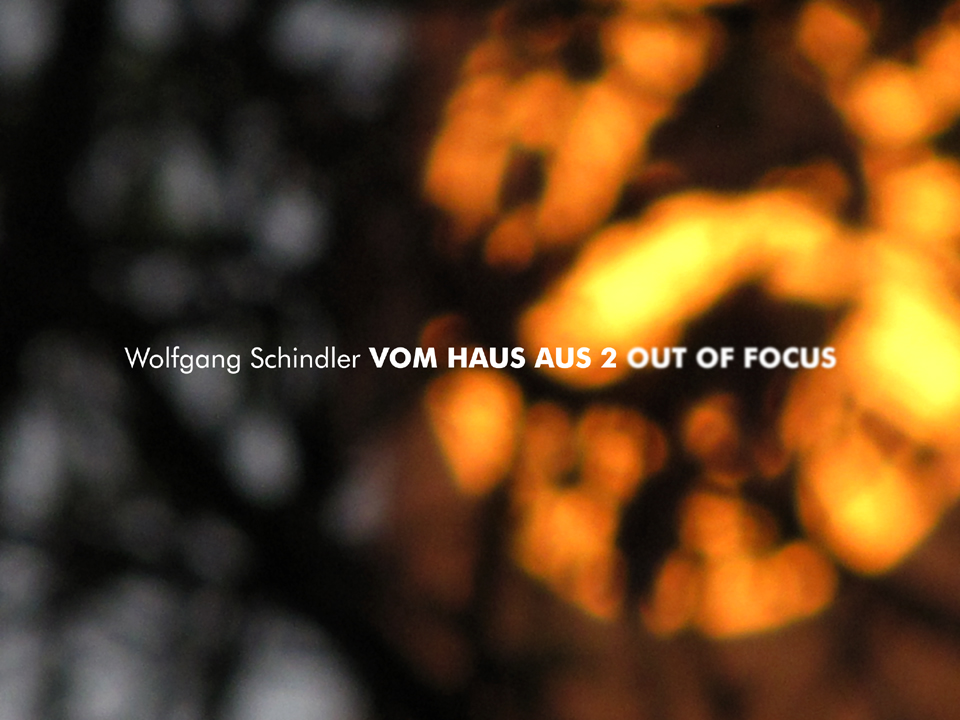
Inner Space Art |
||
Image Copyrighted by Wolfgang Schindler, all rights reserved.
From the House Almost ten years ago, the house in which I had lived for almost twenty years was to be demolished and I moved into an apartment in a pre-war building in Hamburg´s port side quarter at Landungsbruecken. In order to become more familiar with my new surroundings, I took as many photographs as possible. From my new balcony and windows I enjoyed the same view of Hamburg´s port and the city´s spires and towers as the tourists on the street below. But, unlike them, I didn´t have to leave the comfort of my home to photograph a world that was no more mine than it was theirs. Pretty soon my photos were looking like the pictures on postcards, bought by tourists because they couldn´t capture the image they wanted due to poor weather or a lack of the right ships, or because they´d left their camera at home. So I started producing postcards too, and had them sold in a ground-floor shop in my building. Had I so wished, I could have gone downstairs to buy a card and send it to myself to prove that I really had moved house. Time Ball Every picture postcard has two sides: a view and a card. My postcards did anyway, as on the side for the address and message I printed in light grays a ground plan of my building in the middle of the neighborhood, on which was marked where and how I had been standing when taking the photo on the front. While searching for a suitable map to use on my postcards I also came across older plans of the area, which depicted an age long before my arrival in the south of Hamburg´s Neustadt district and showed the residential buildings that had stood on the site of my home more than a hundred years ago. Upriver from my house, as yet unbuilt, on a narrow strip of quayside jutting into the river I saw a building that bore the name Zeitball, or Time Ball. I didn´t know why a building should have been given such a name, which today sounds like some kind of four-dimensional ball game, but I soon discovered the reason to be a semaphore mast on the tall tower of one of the quay warehouses. On this mast hung a black ball, which every midday was raised on its rope three meters and then dropped back down at exactly one o´clock. This enabled the captains of the ships in harbor, as long as they could see it, to set their chronometers to the exact second of twelve o´clock Greenwich Mean Time, which was necessary for maritime navigation. The drop was released by the nearby observatory at Millerntor, where they had a chronometer set to the accurate local time according to the passage of observable stars through their midday path, i.e. the highest point reached by them above the horizon. From this, the known angle to the meridian of origin of Greenwich in London was used to tell the time in the world time zone that Hamburg belonged to. I was fascinated by these astronomical events being directly transformed into a time that could be used to determine location anywhere on the planet and even more by the thought that, if I had lived one hundred years ago in this place, I would simply have had to go onto my roof to see the daily noontide drop of the time ball and set my pocket watch by it. This thought gave me the freedom to juxtapose the old maps, plans, drawings and photographs with my own shots of the quarter, in order not only to explore the present space around me, but also to consider the past times and the conceivable future of this space from my personal angle attached to my new home. Out of Focus This extended view beyond my house out into the neighborhood and its history came at a turning point when I started to use a digital camera. Shortly before, I had taken my last analogue photograph, a shot of the courtyard behind my flat, seen from my kitchen window. I had been moved to take the photo not so much by the courtyard as by the heavy rain that was falling on it. To my surprise, it was not the walls of the building, nor the trees, nor the washing hanging out to dry that the camera´s autofocus picked out, but the raindrops directly in front of the lens. The out-of-focus photo of the rainy courtyard became the first of a long series of blurred pictures, the rest of which I then took with my new digital camera, which, unlike its analogue counterpart, allowed me to preview the degree of blurriness and therefore configure it more precisely. With my new pictures I was able to perpetuate something that I had attempted with the postcards, in that I took up small details from the photos in order to show them detached from their context. Through extreme magnification these details lost not only focus but also meaning for my eye, trained by the view from my apartment, as now they could have originated anywhere and I was no longer their creator. And so, I rolled up my new world as you would an old school map, dissolved it in all the other possible worlds around me. Only then did I start to get to know all the people around me and finally feel at home. |
Web page hosting by Eclipse Chasers
